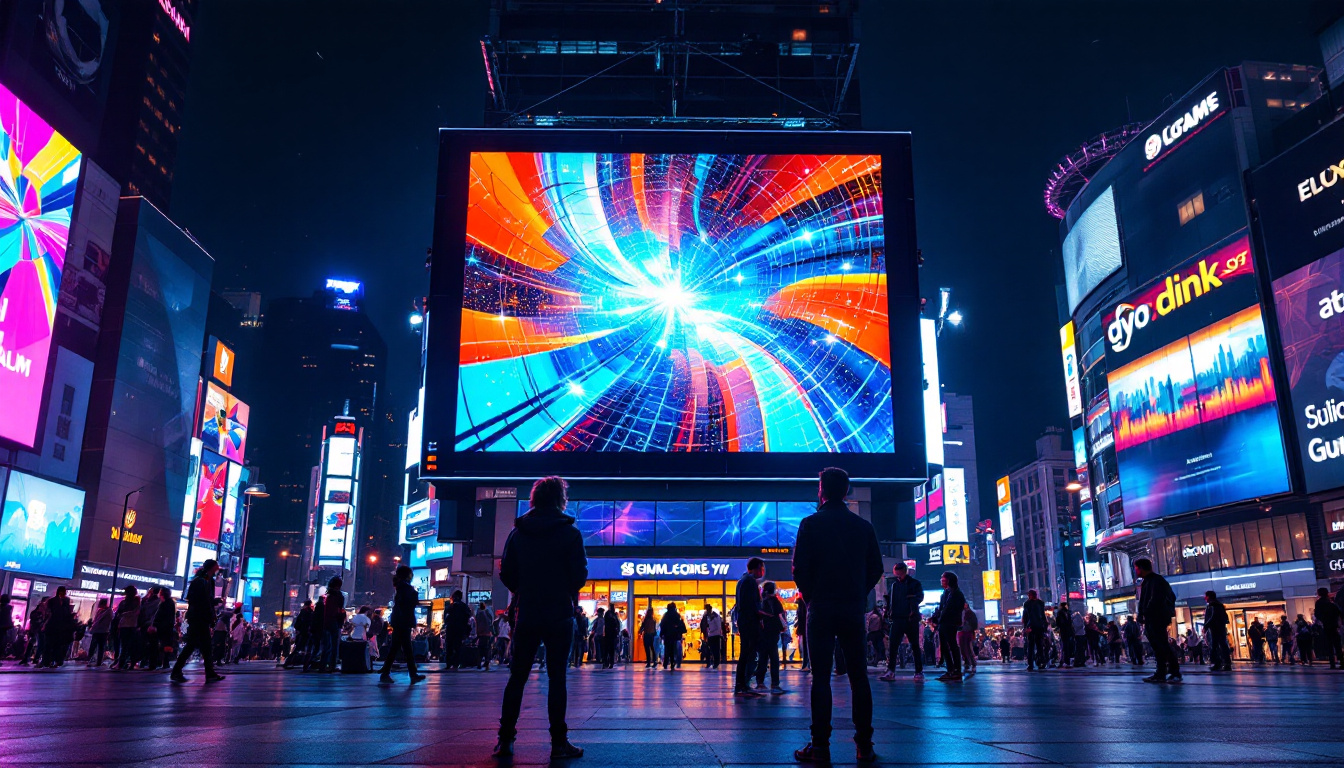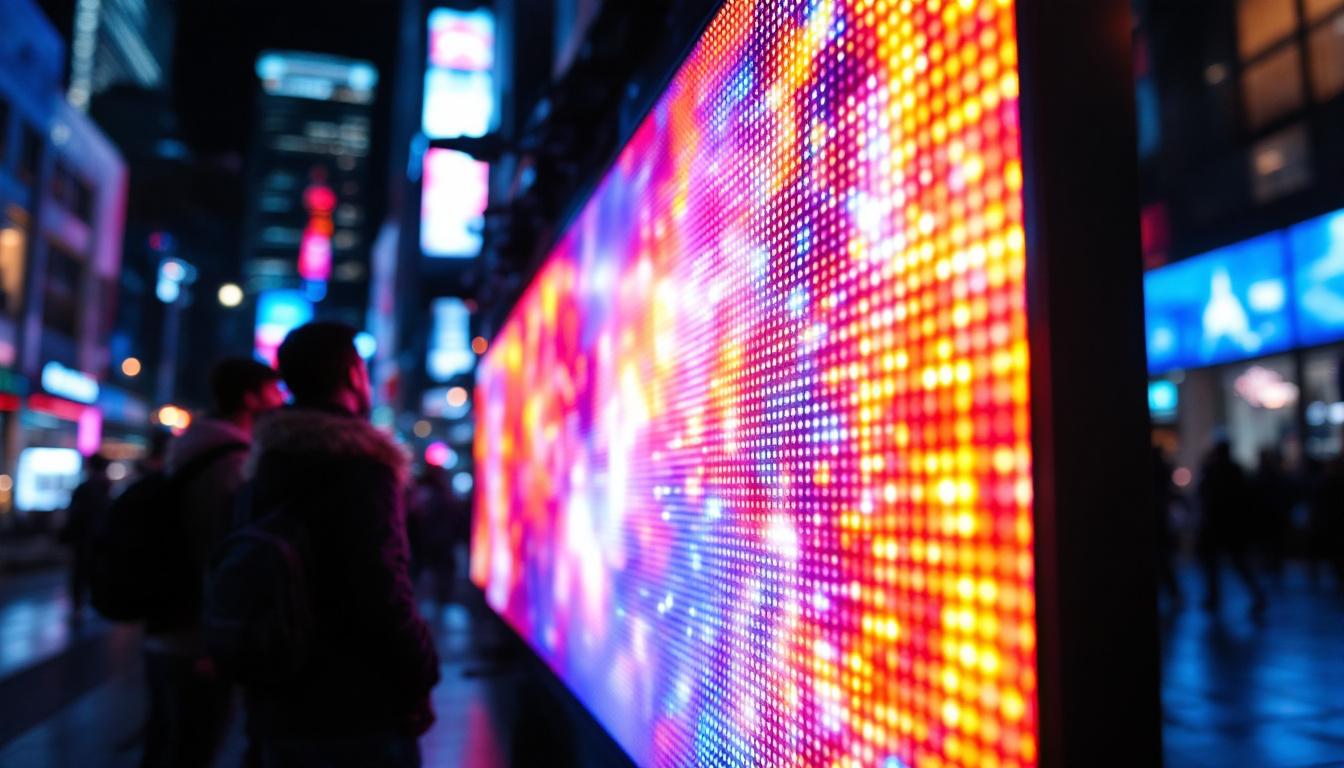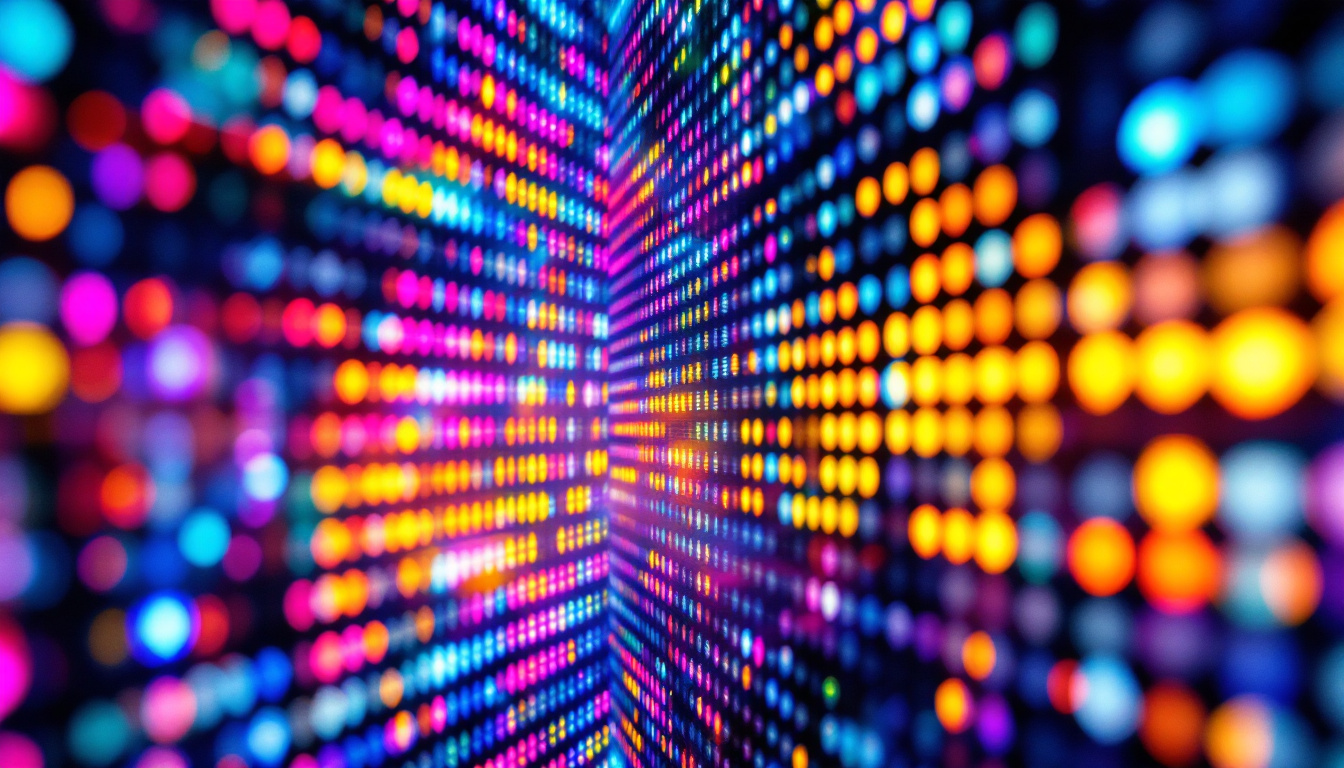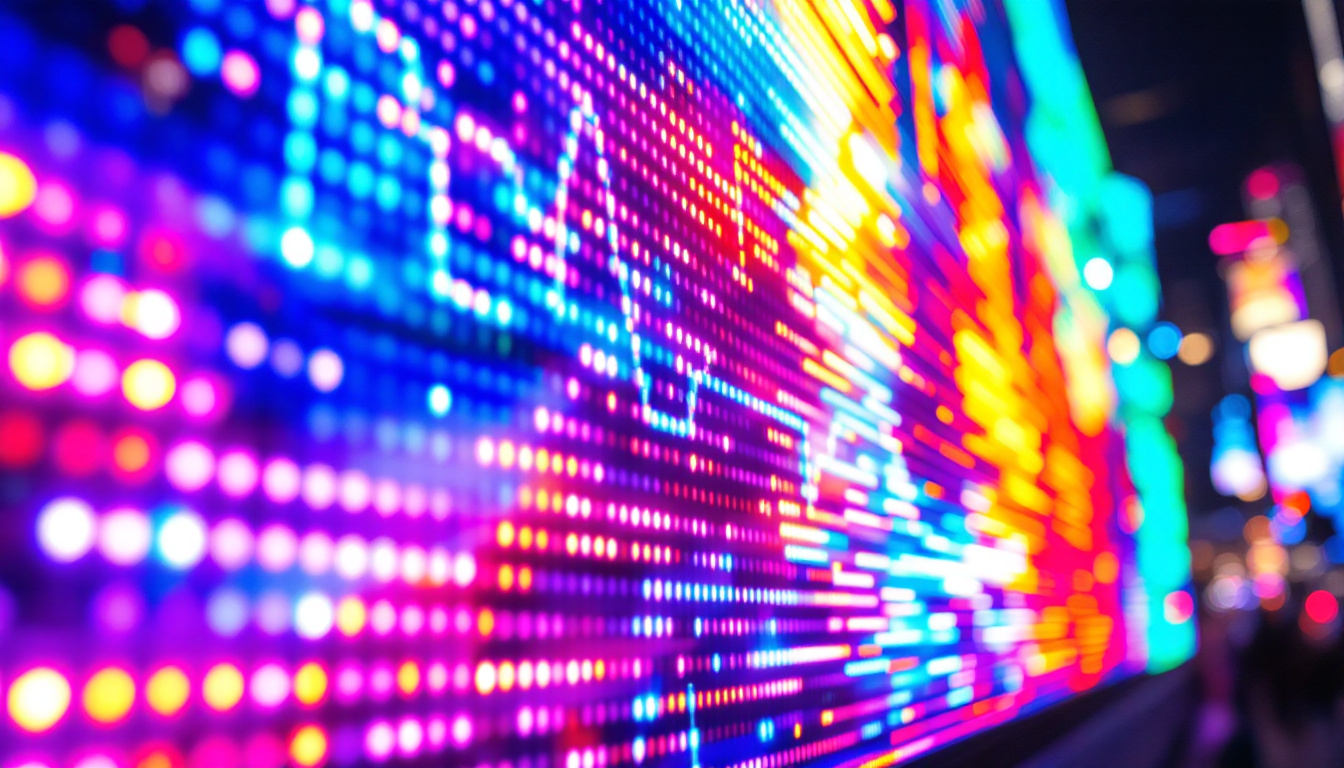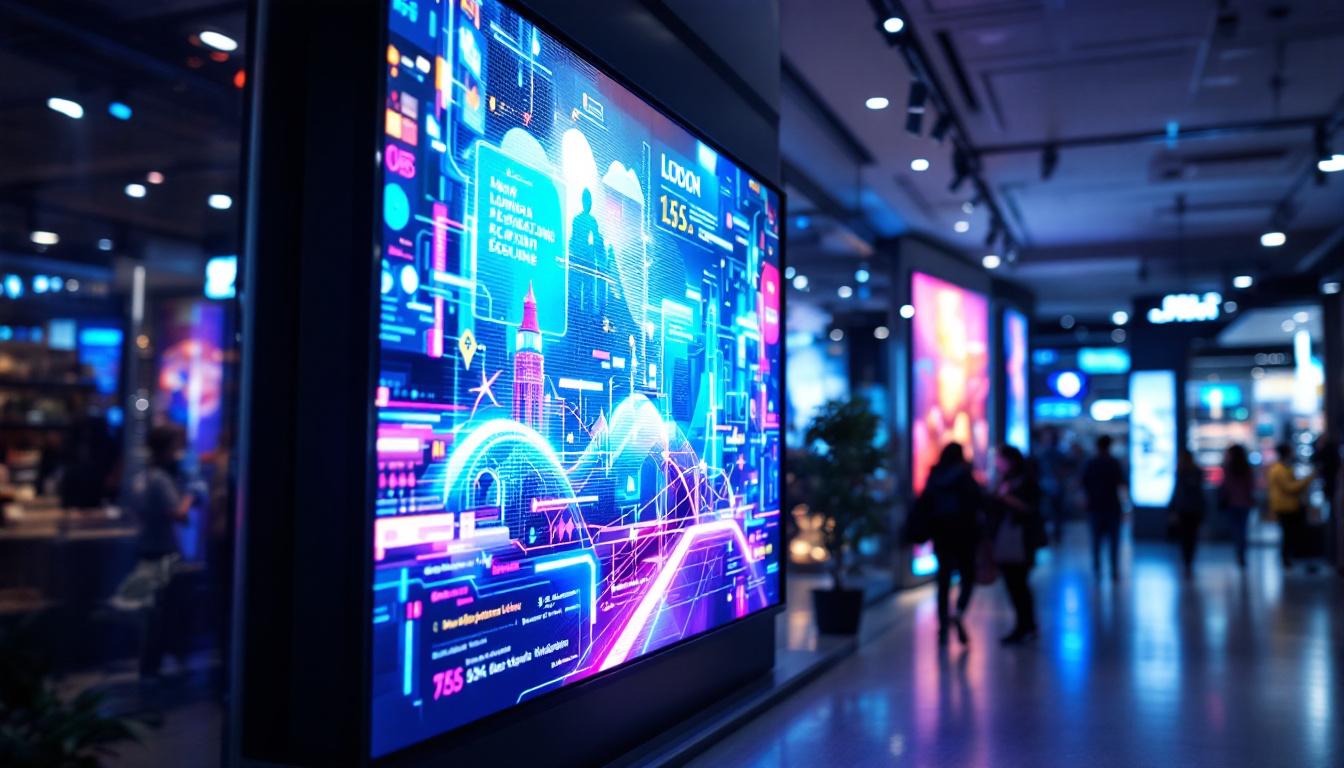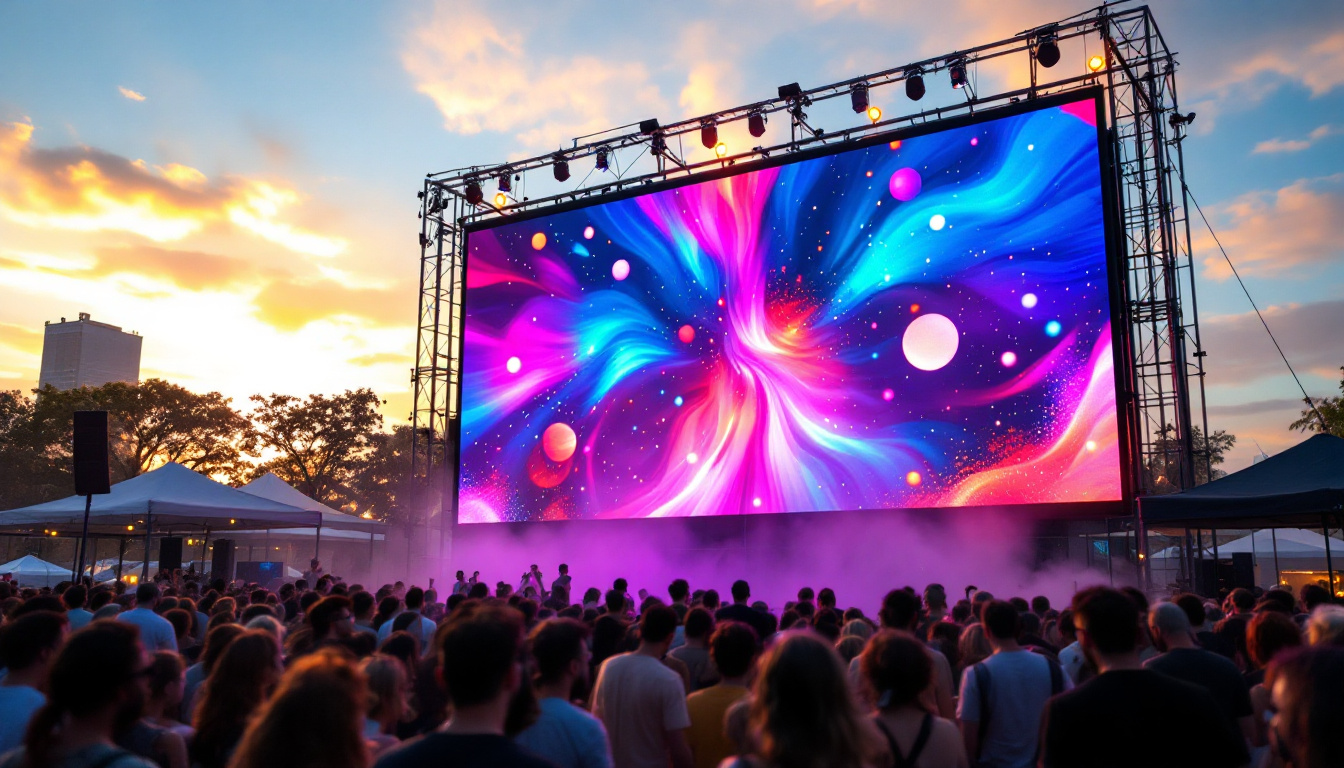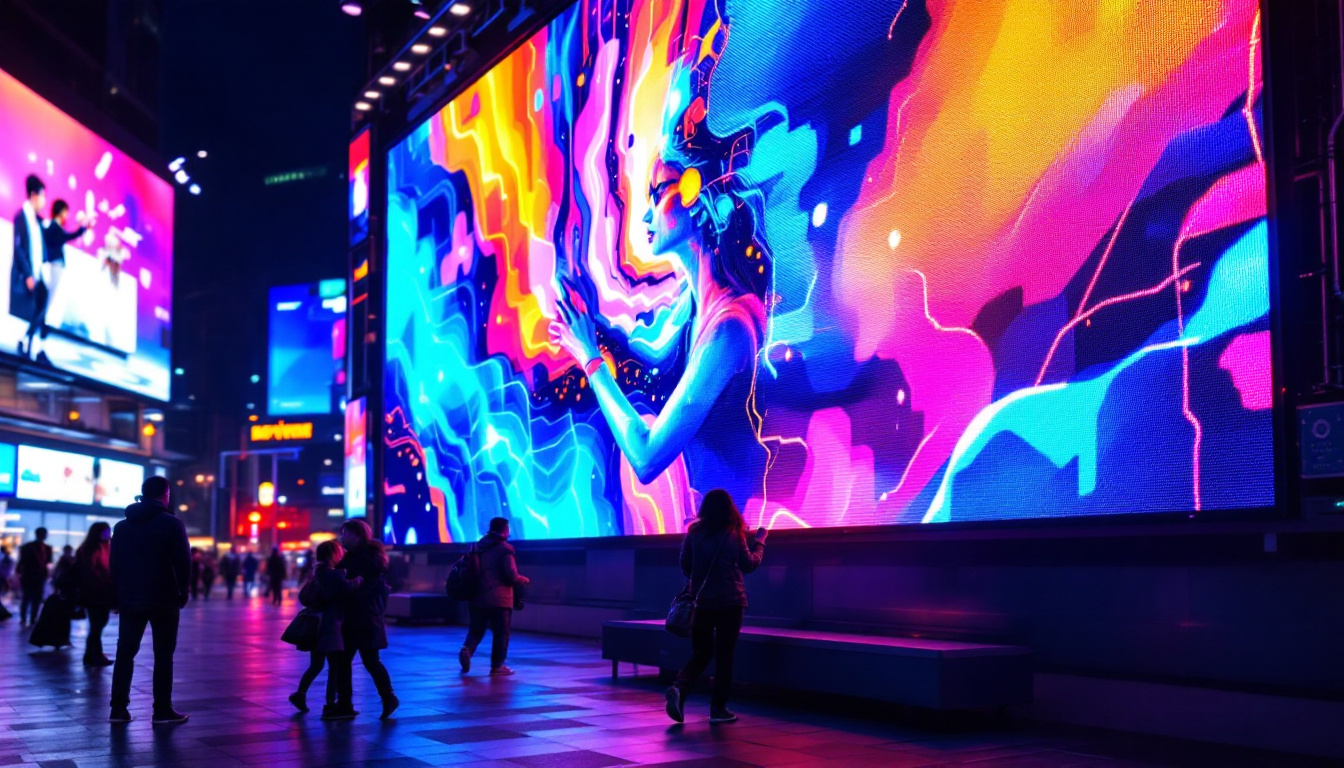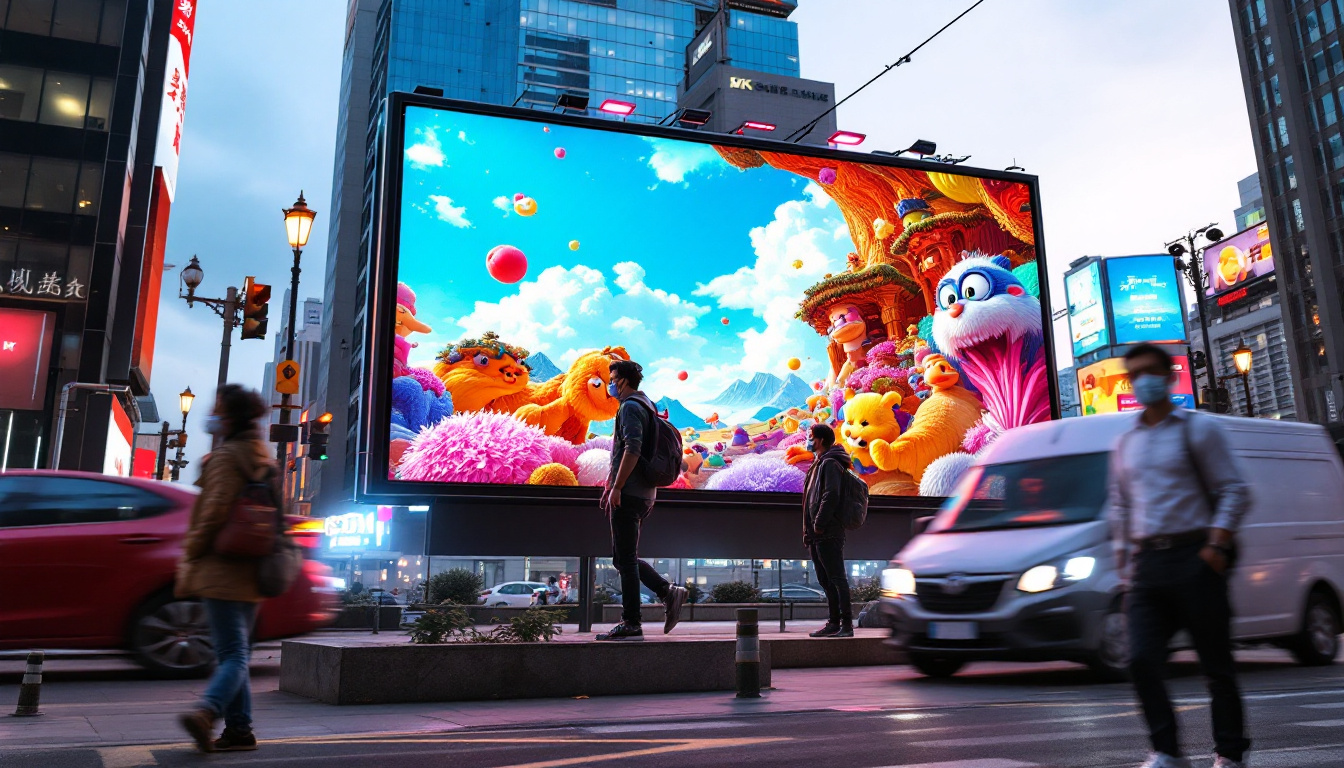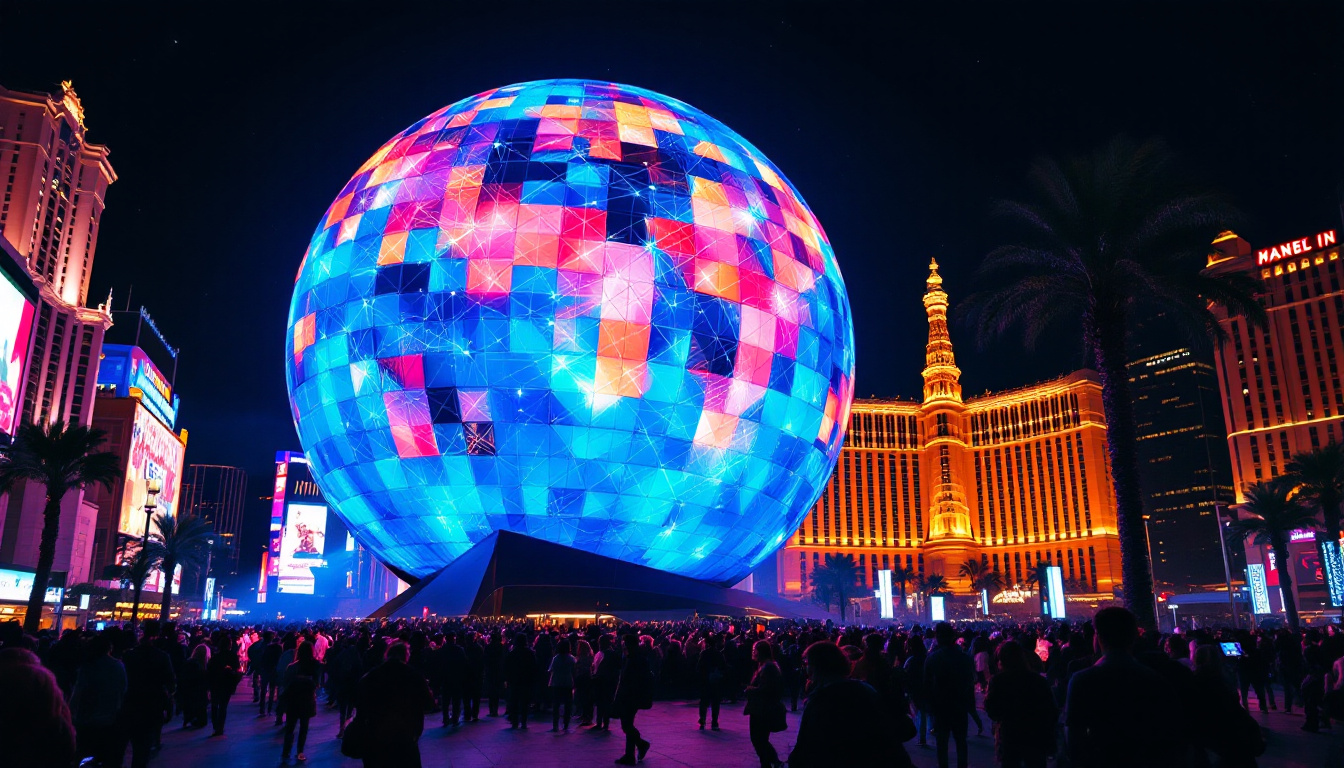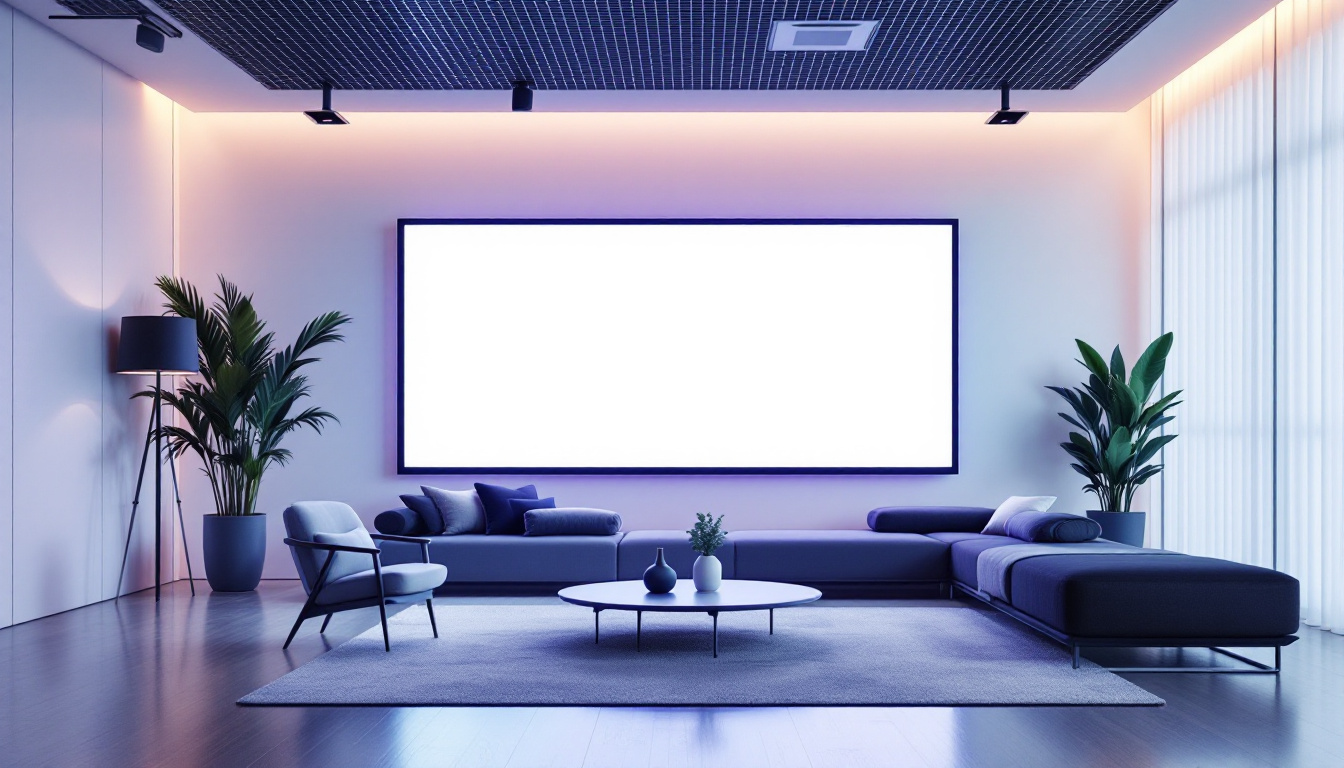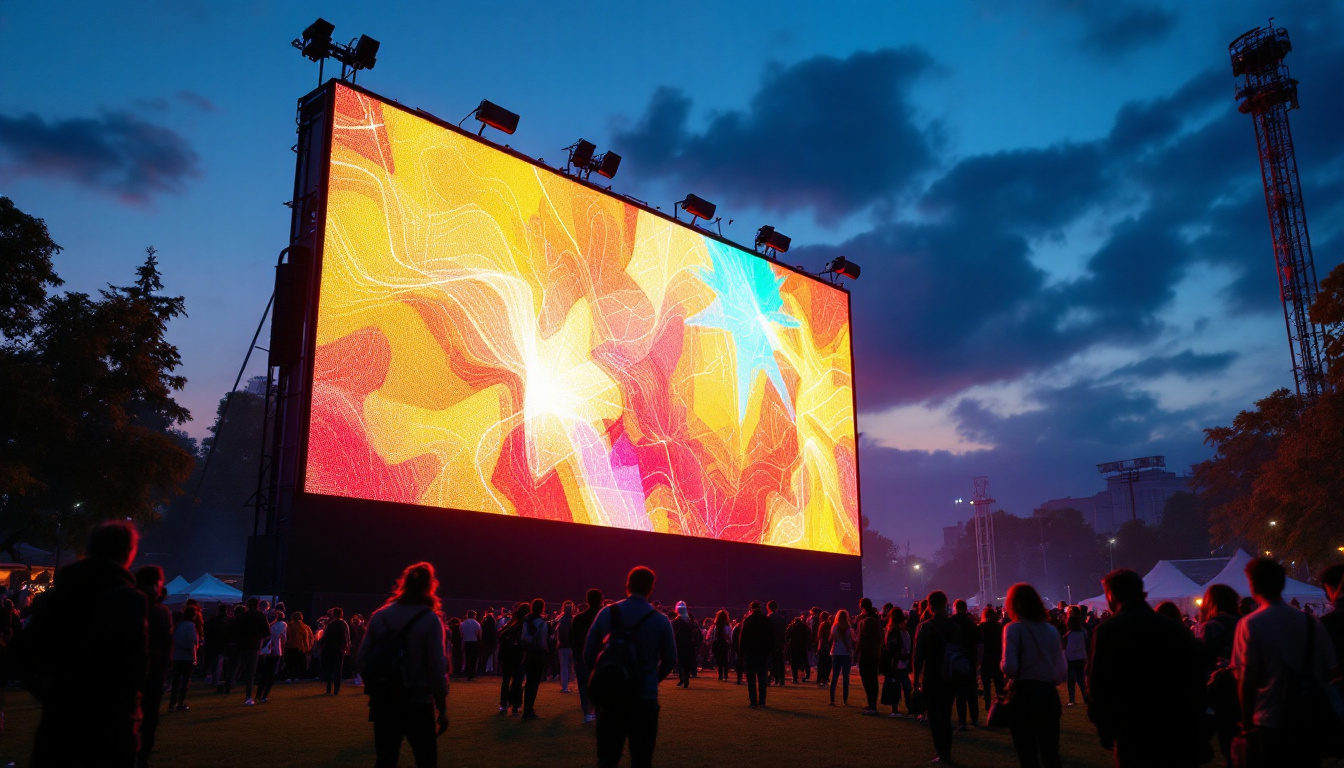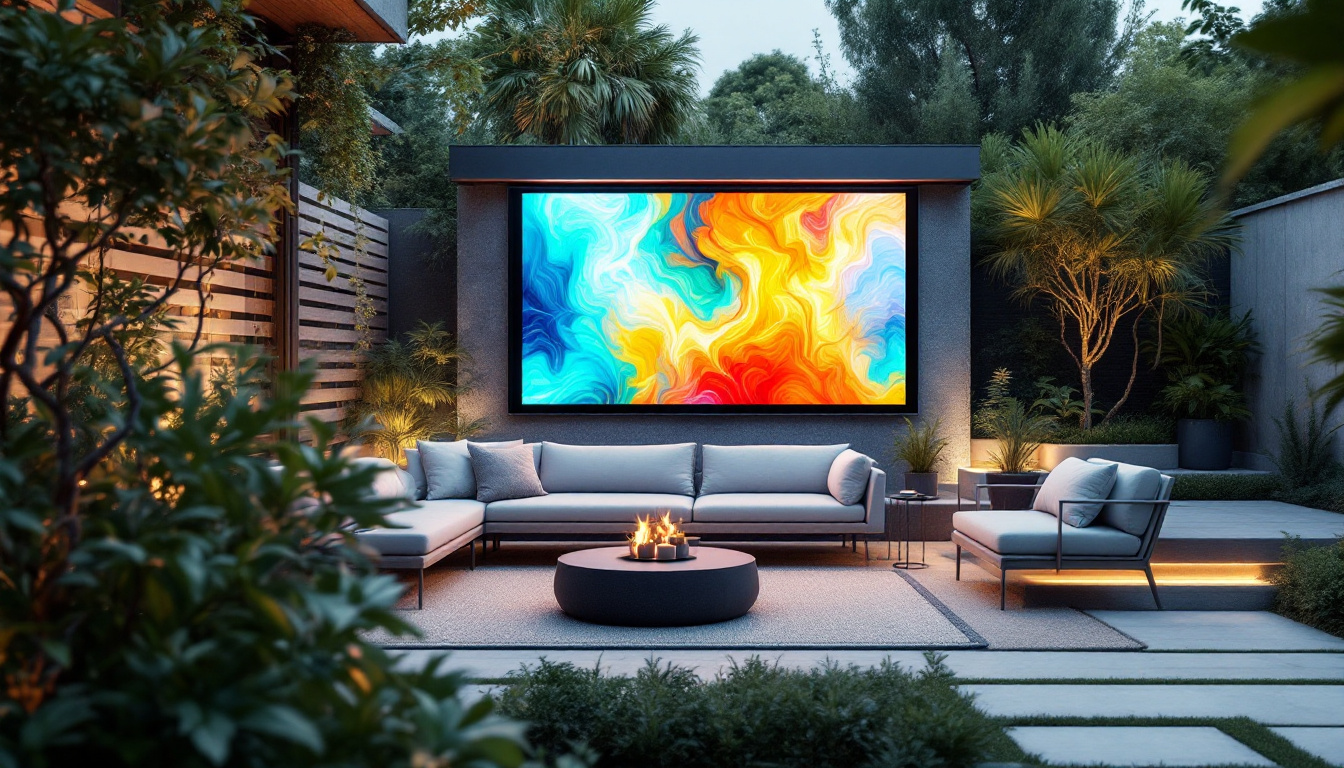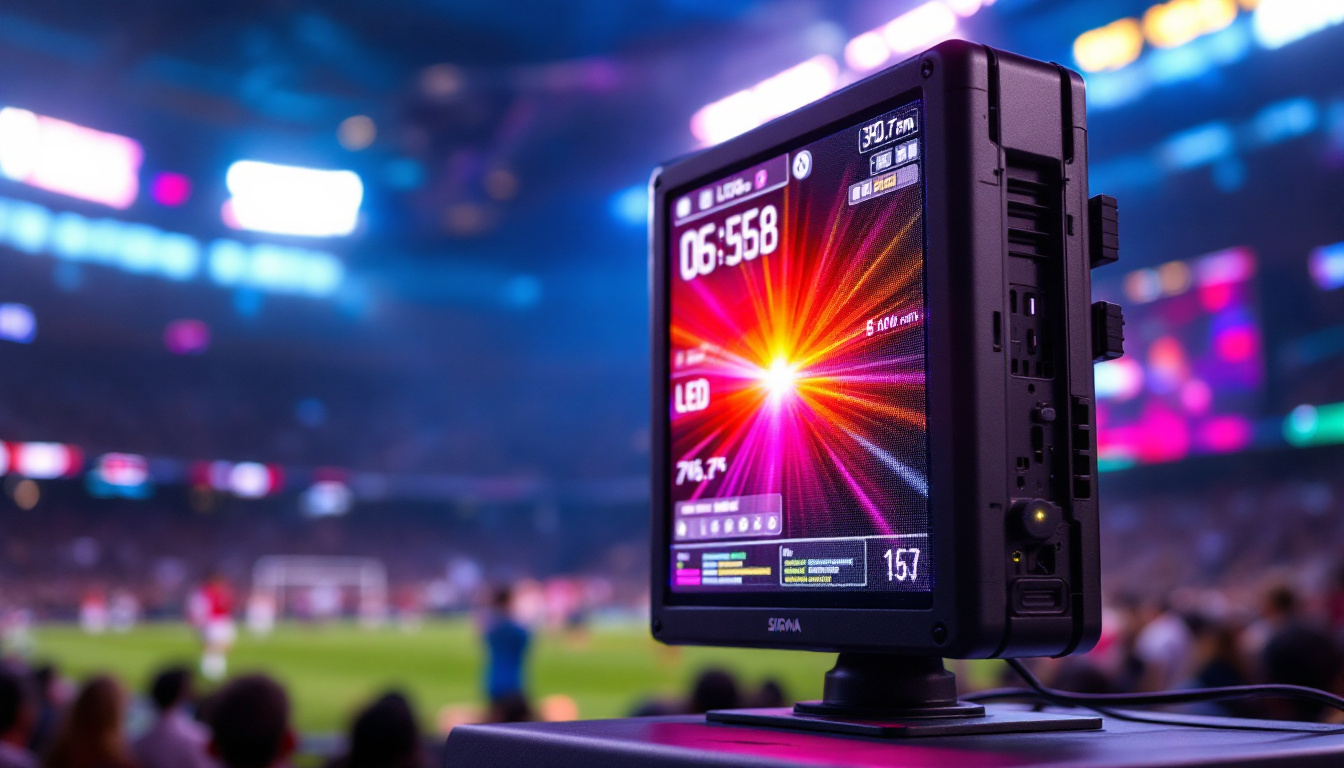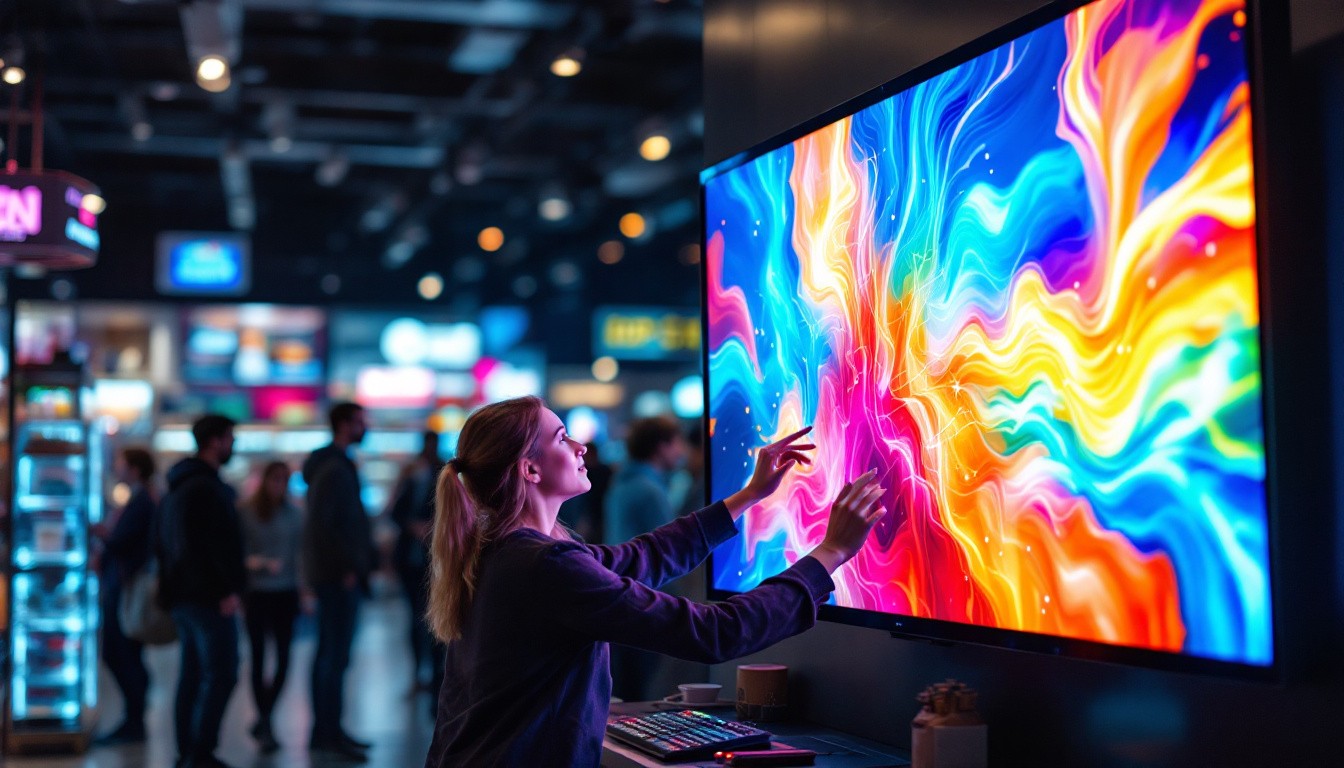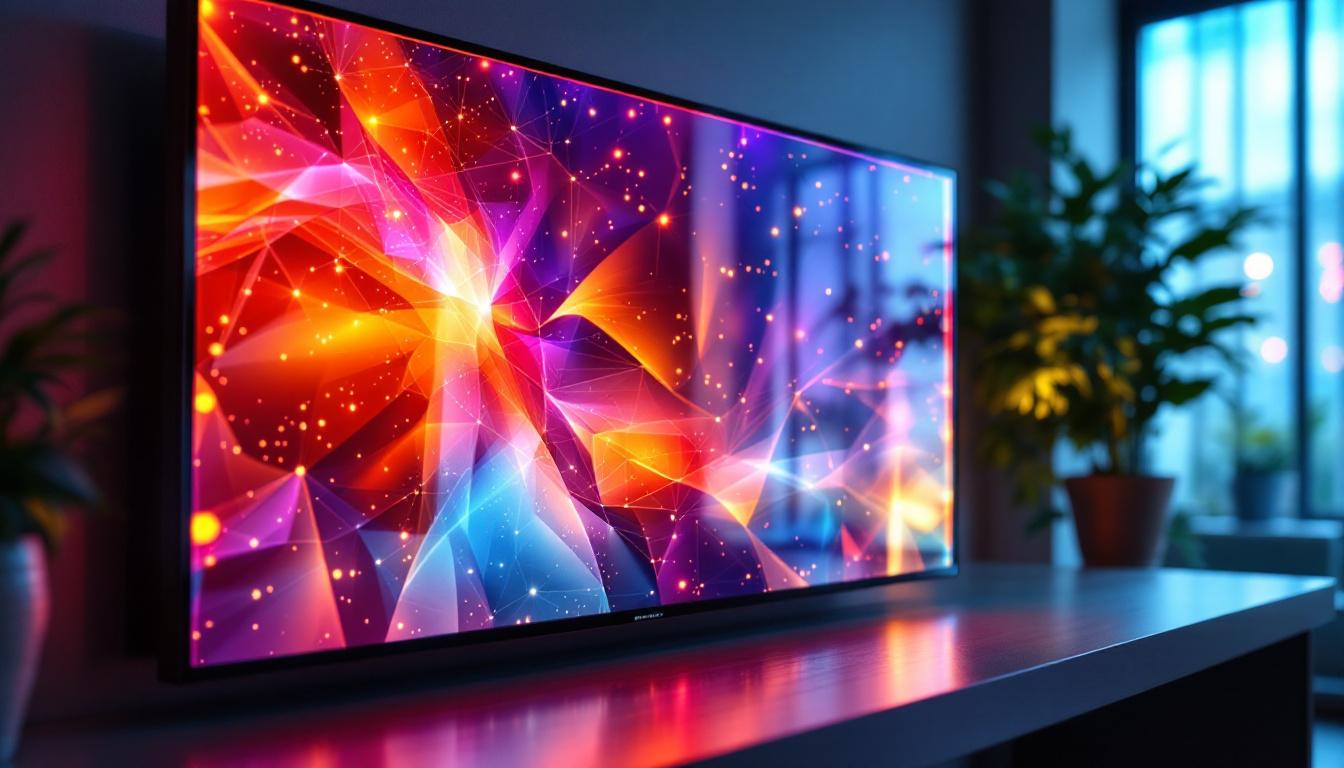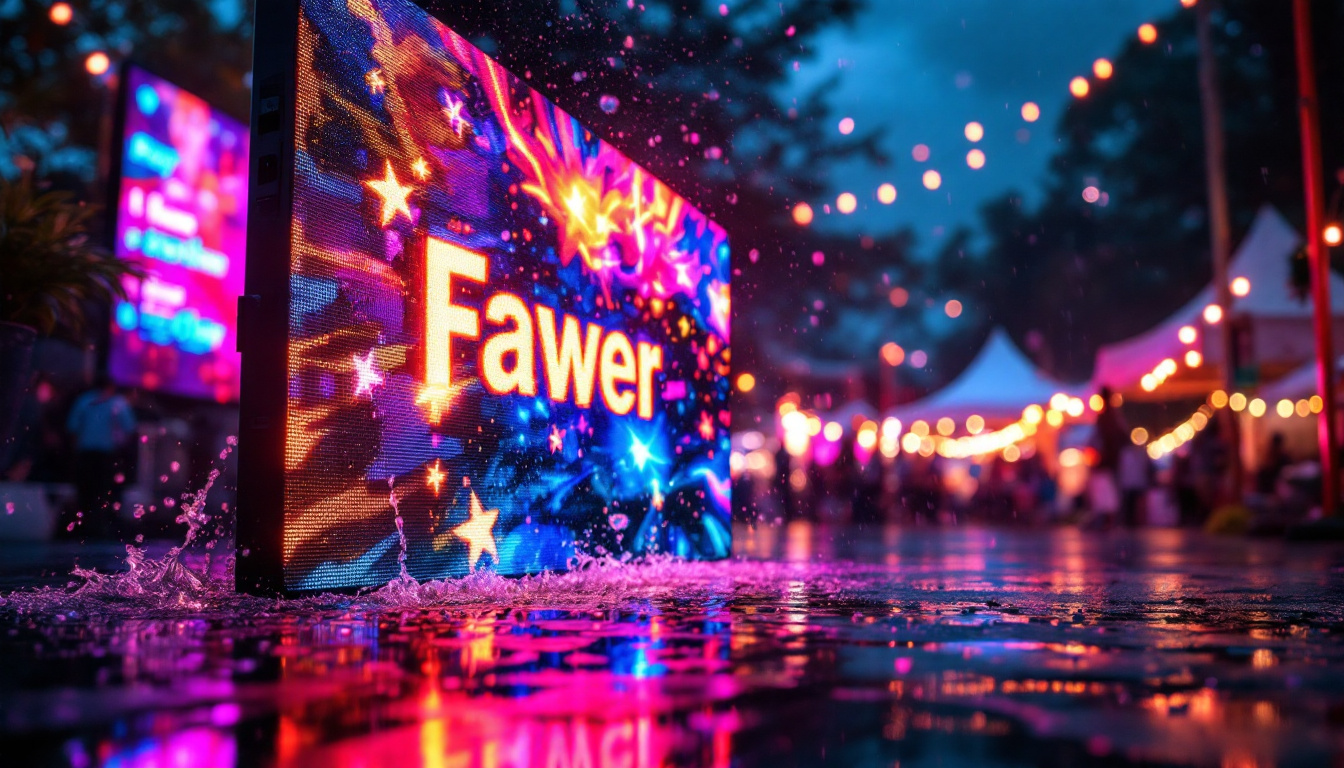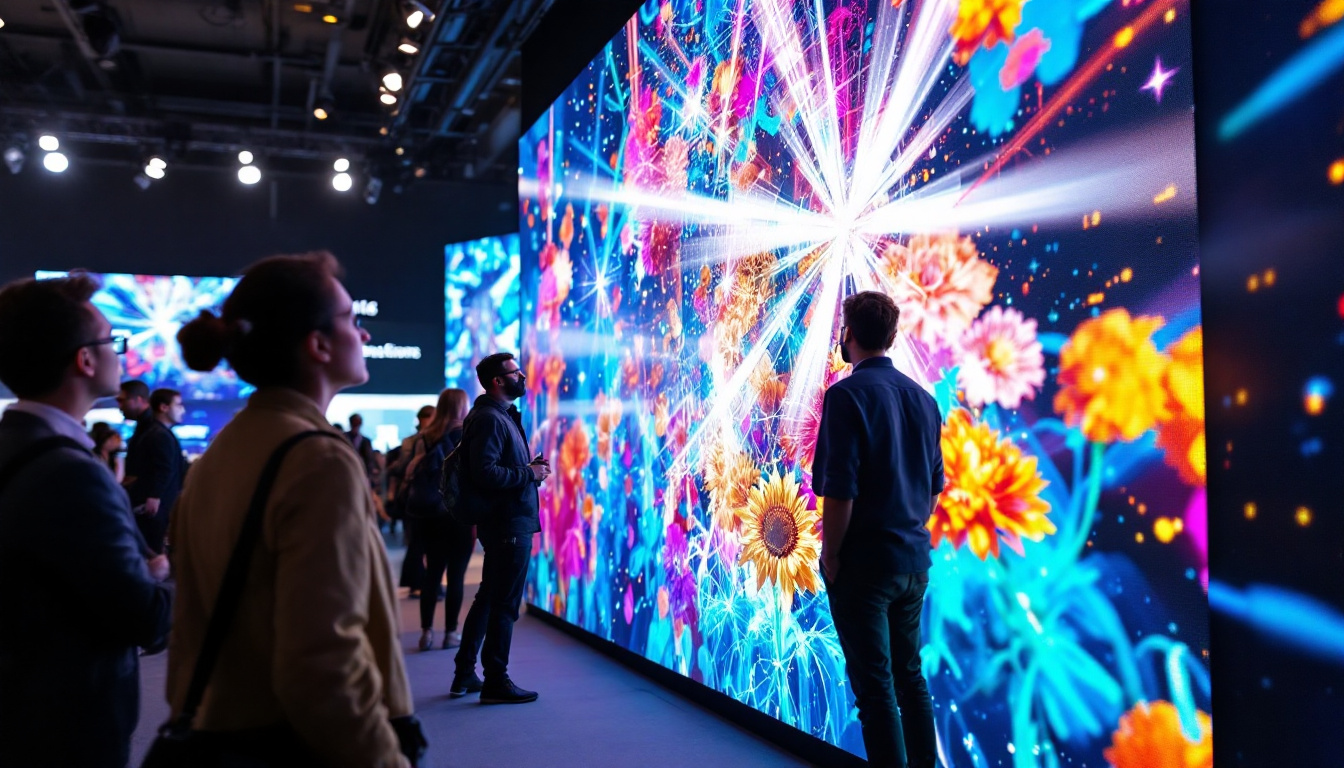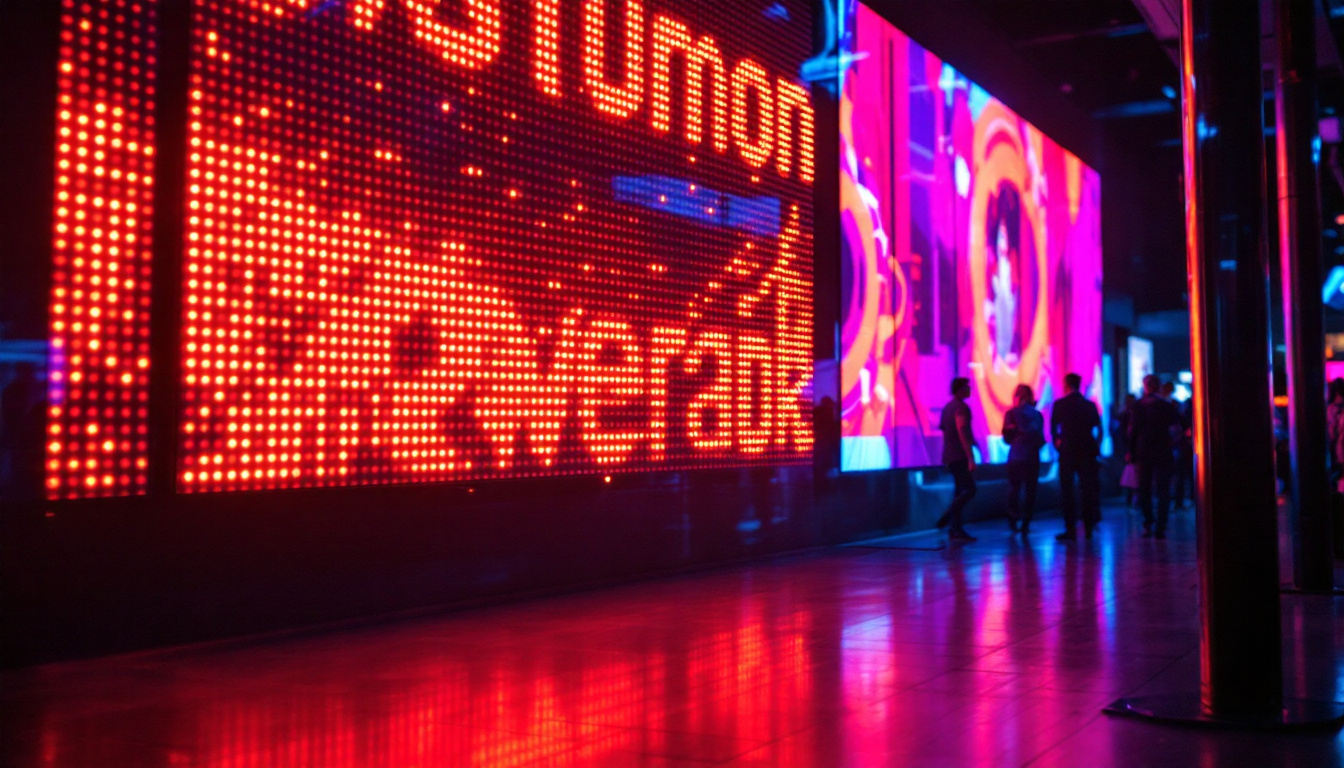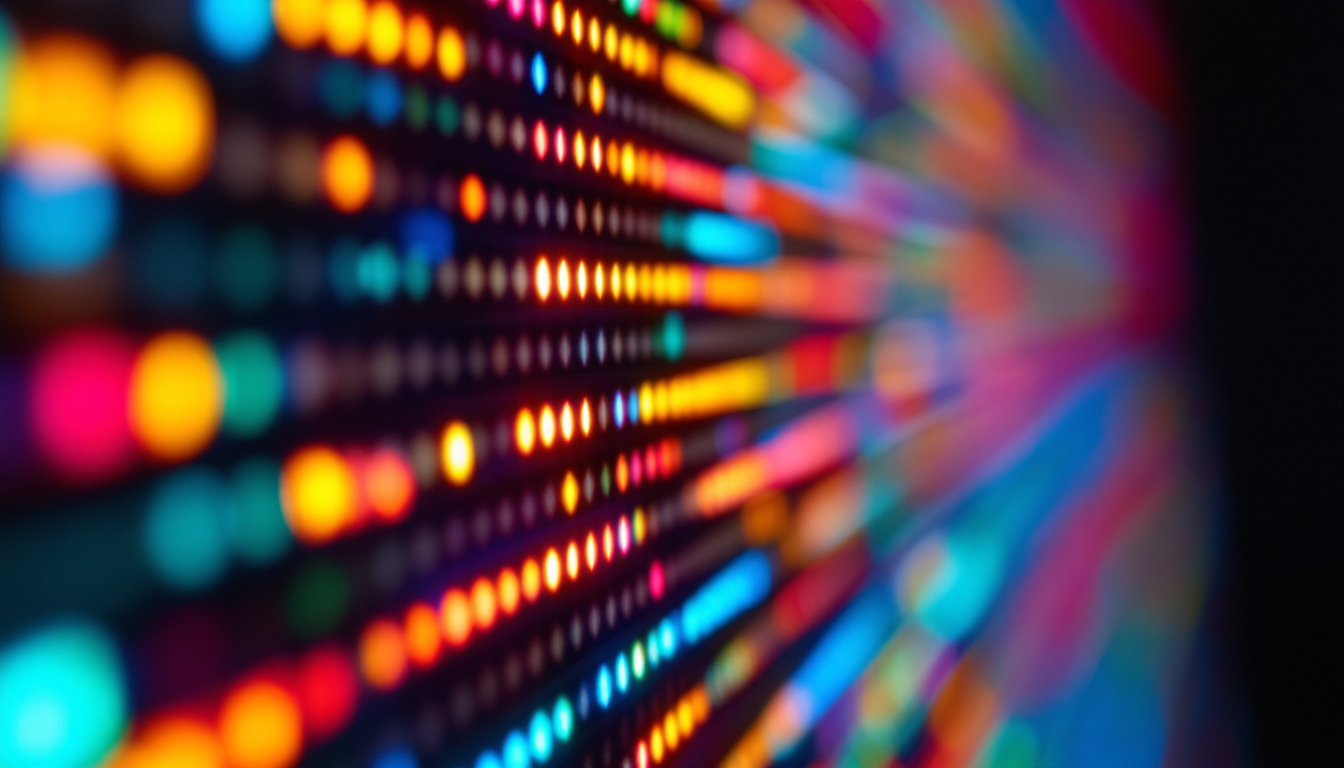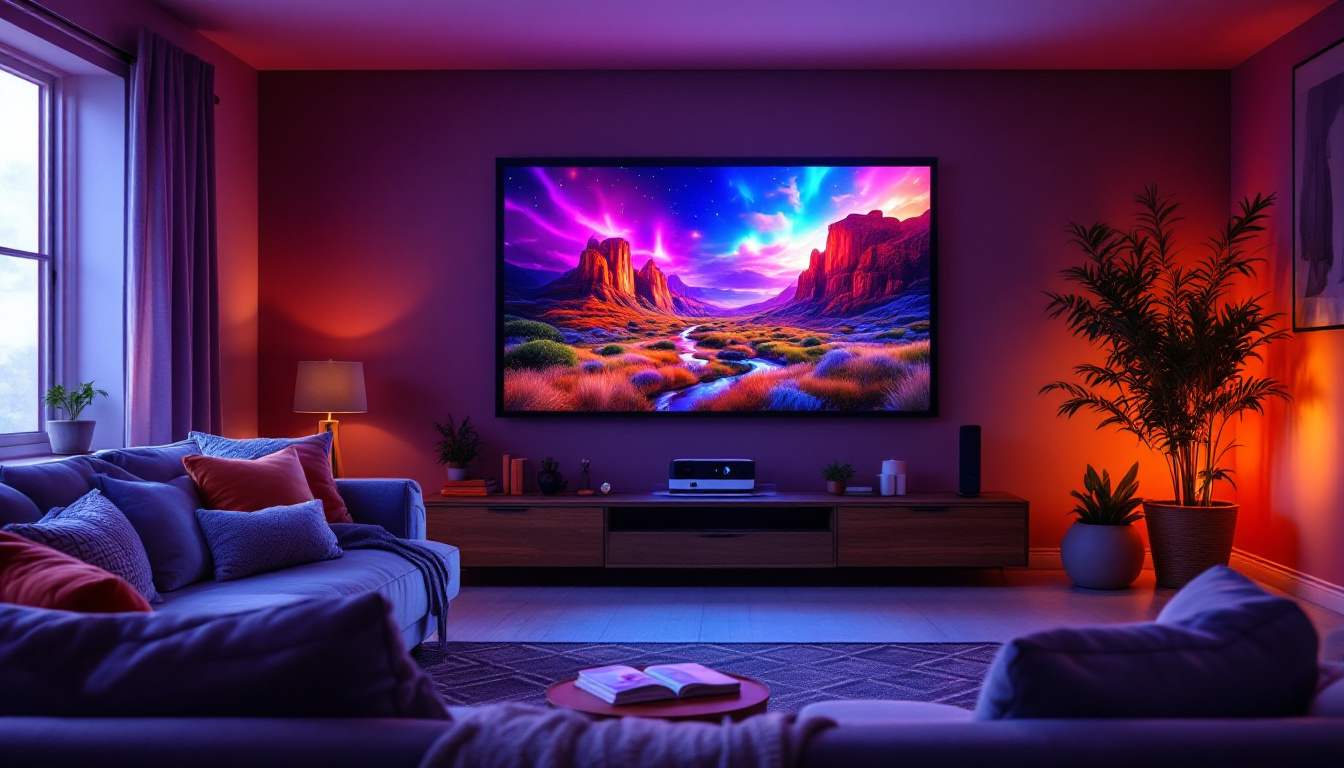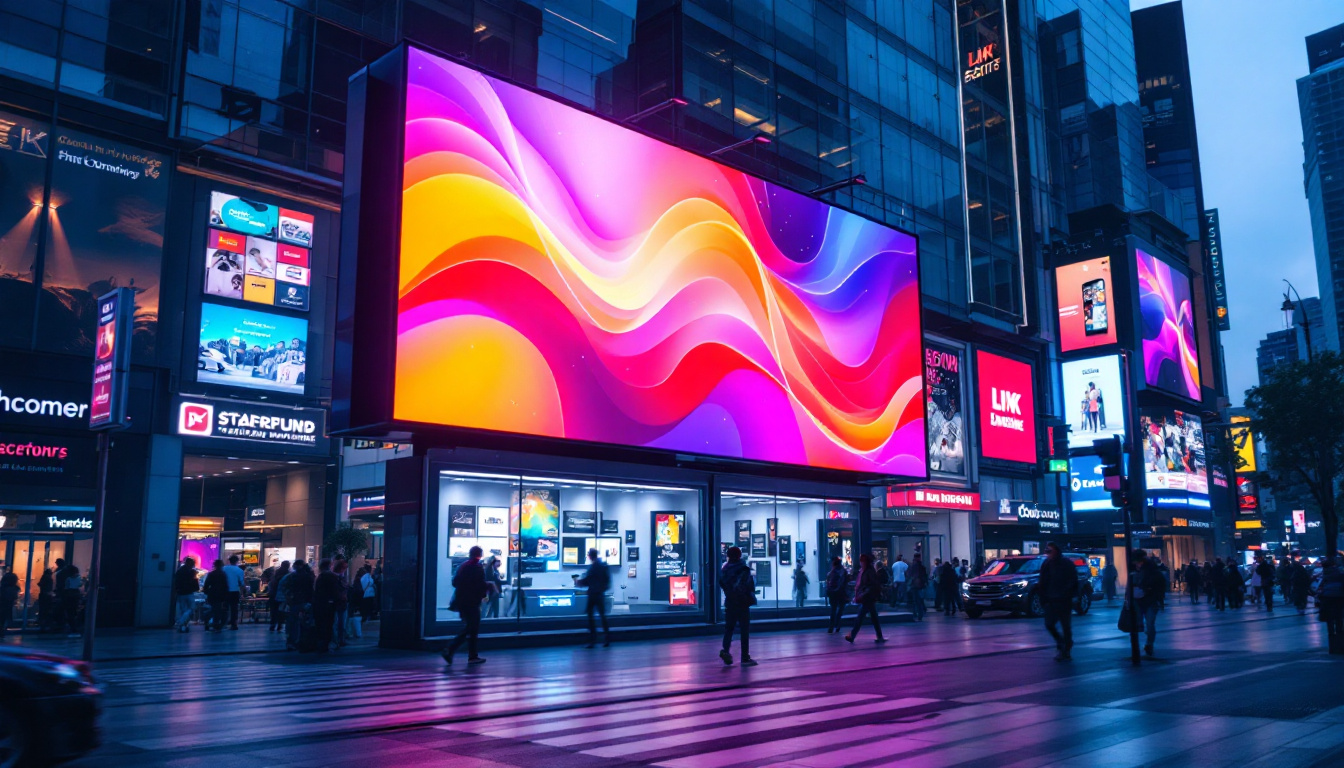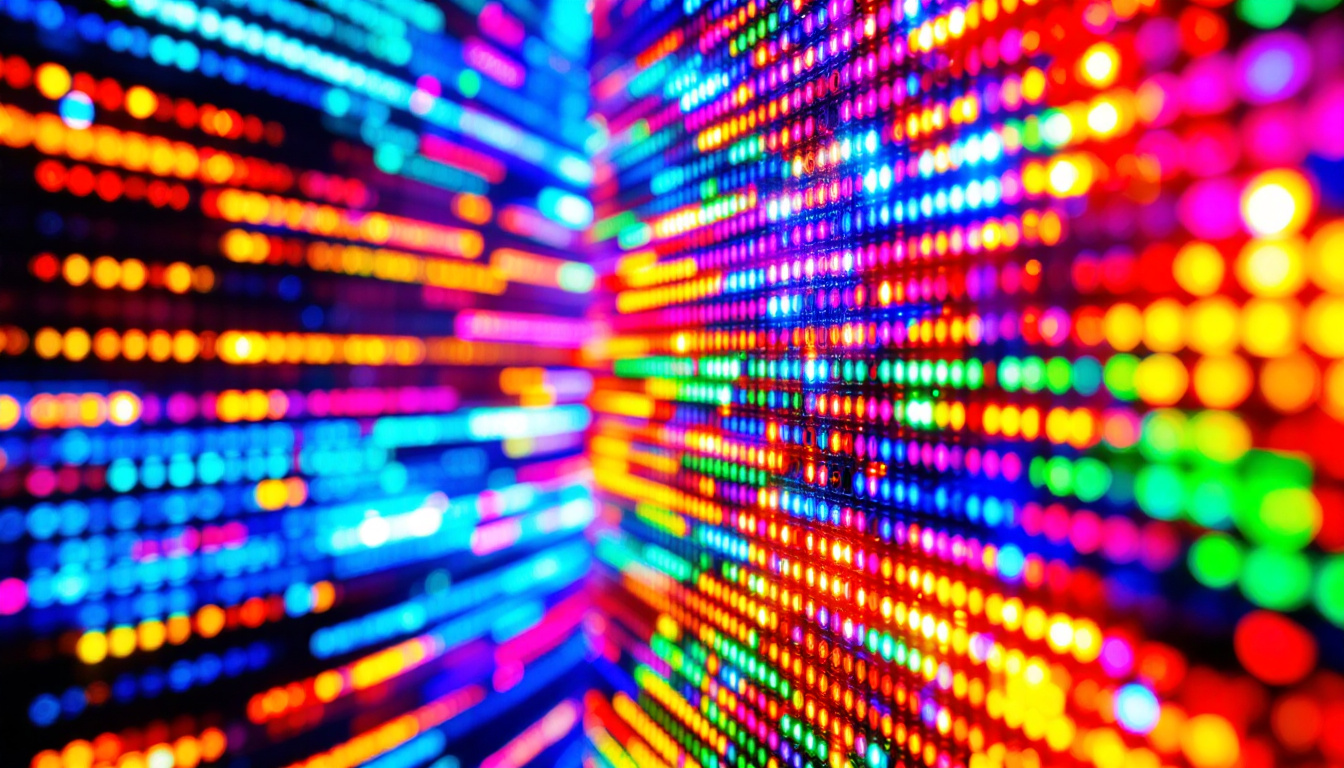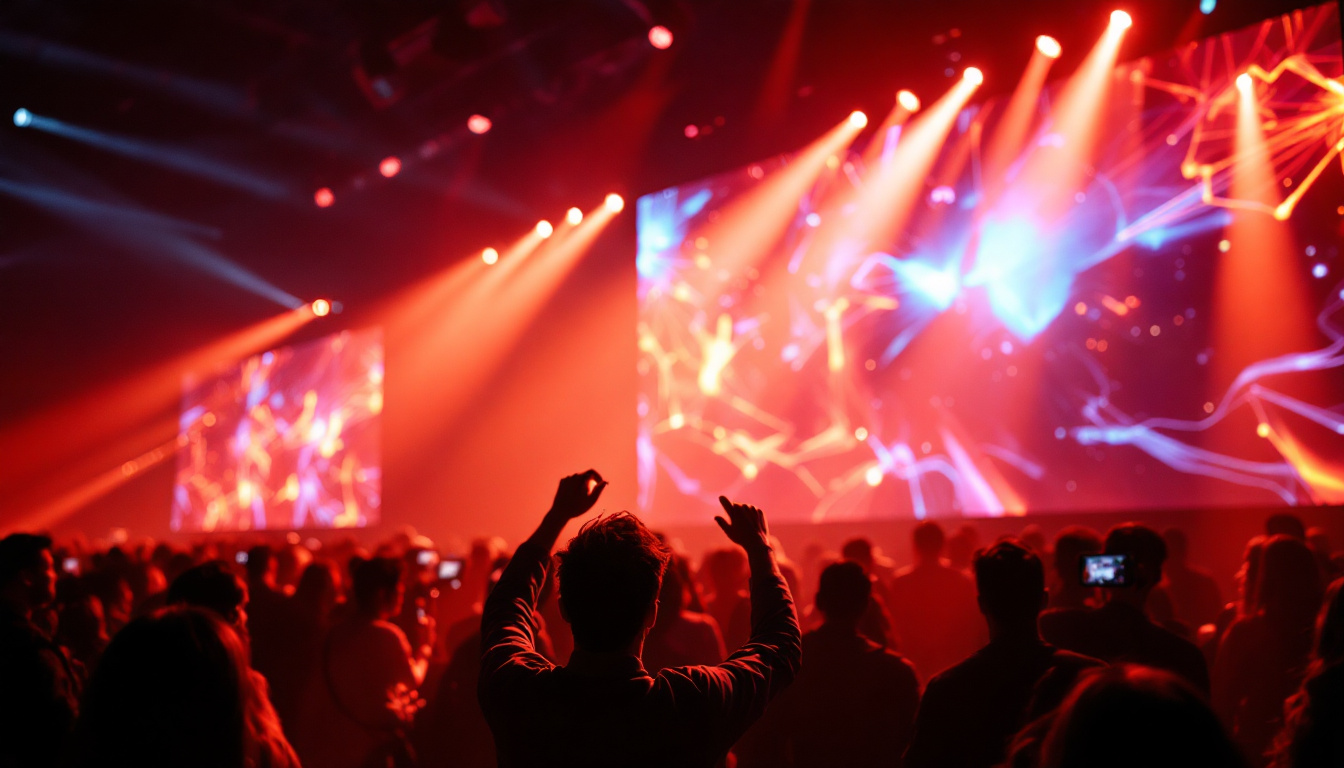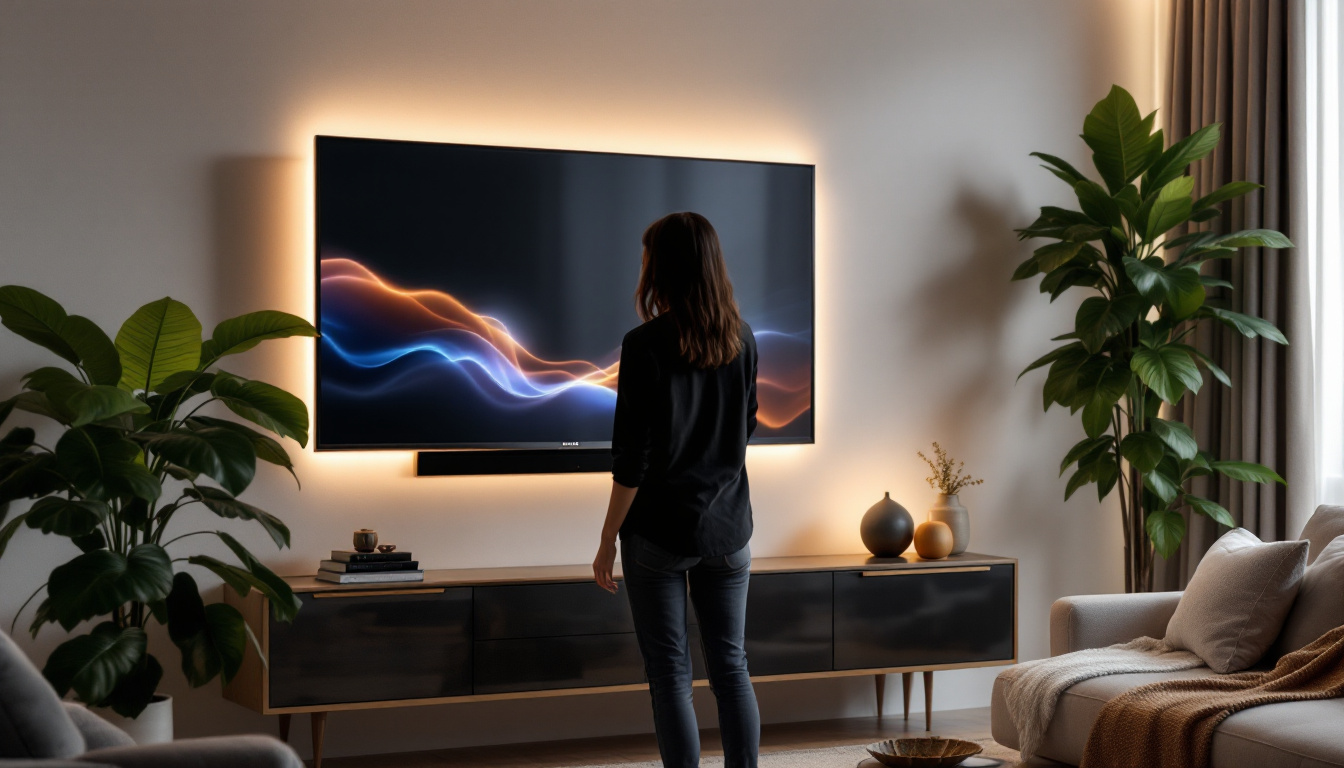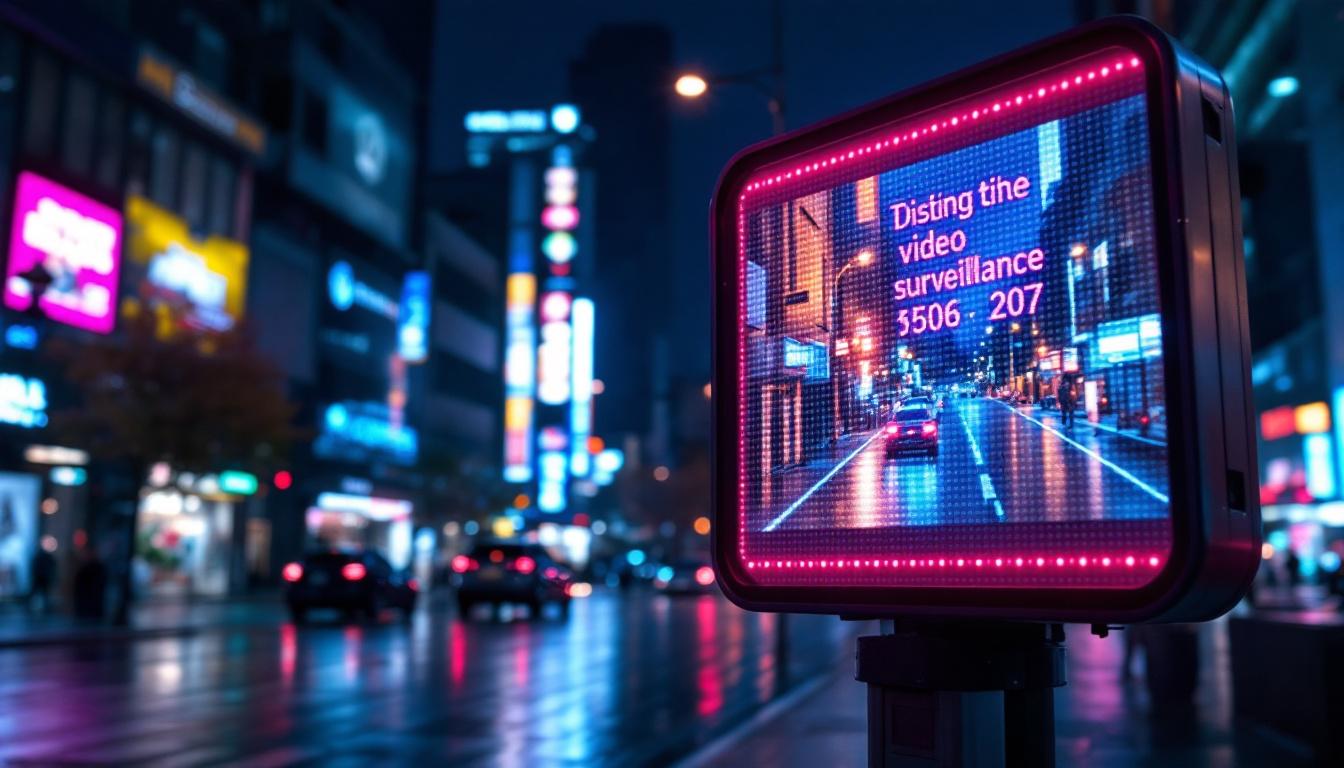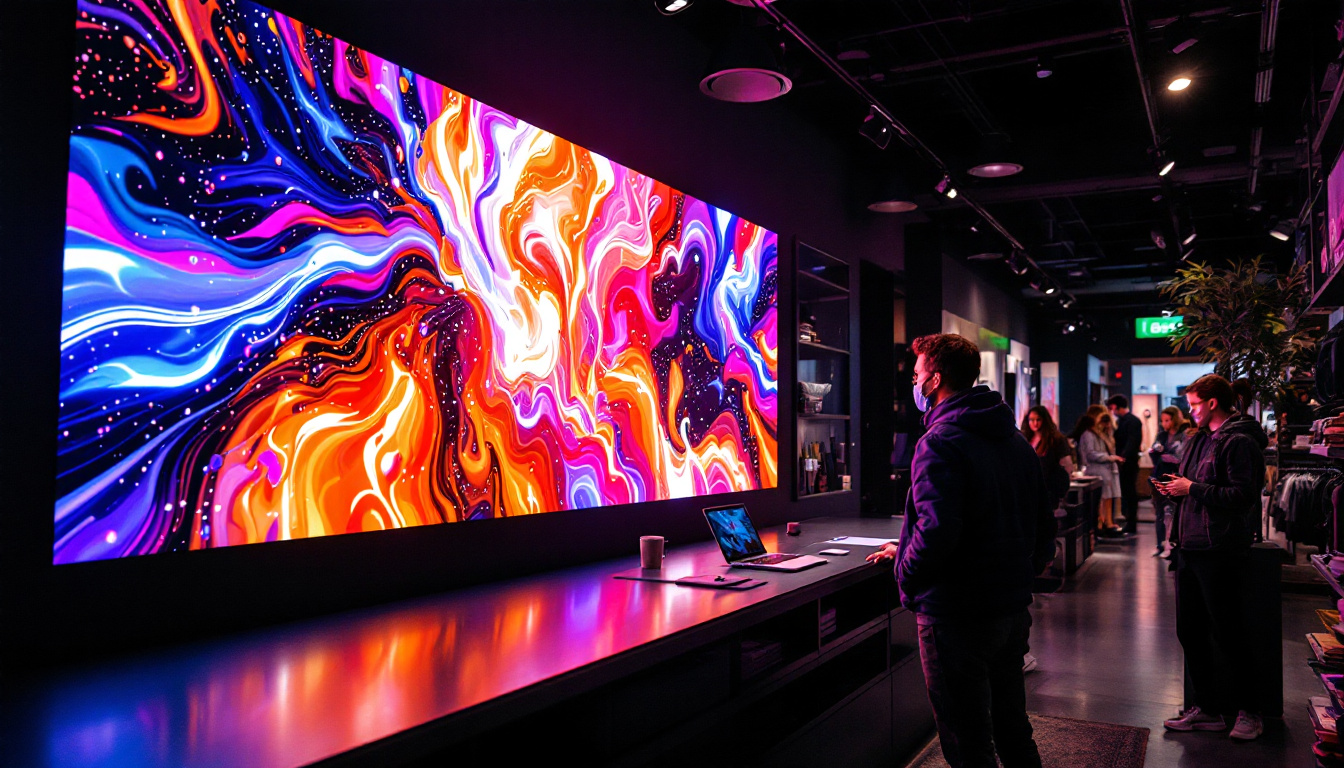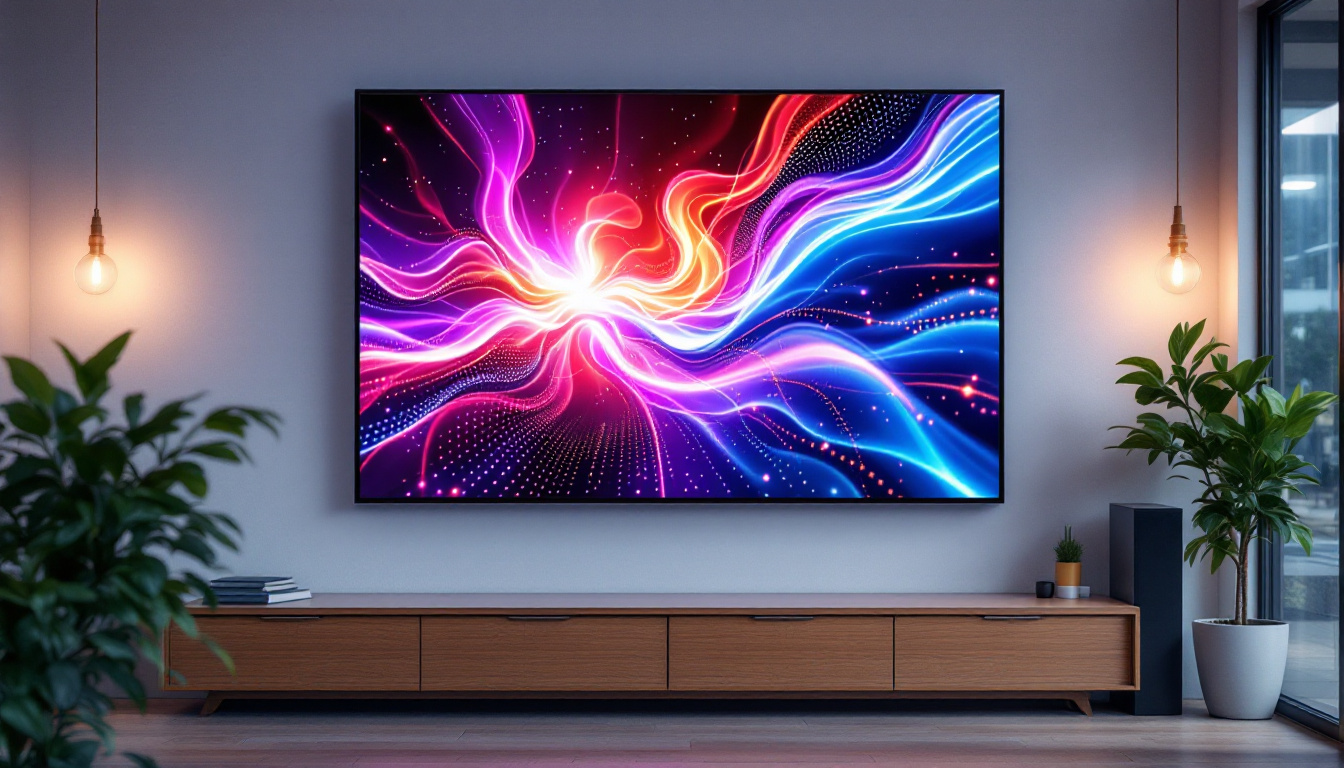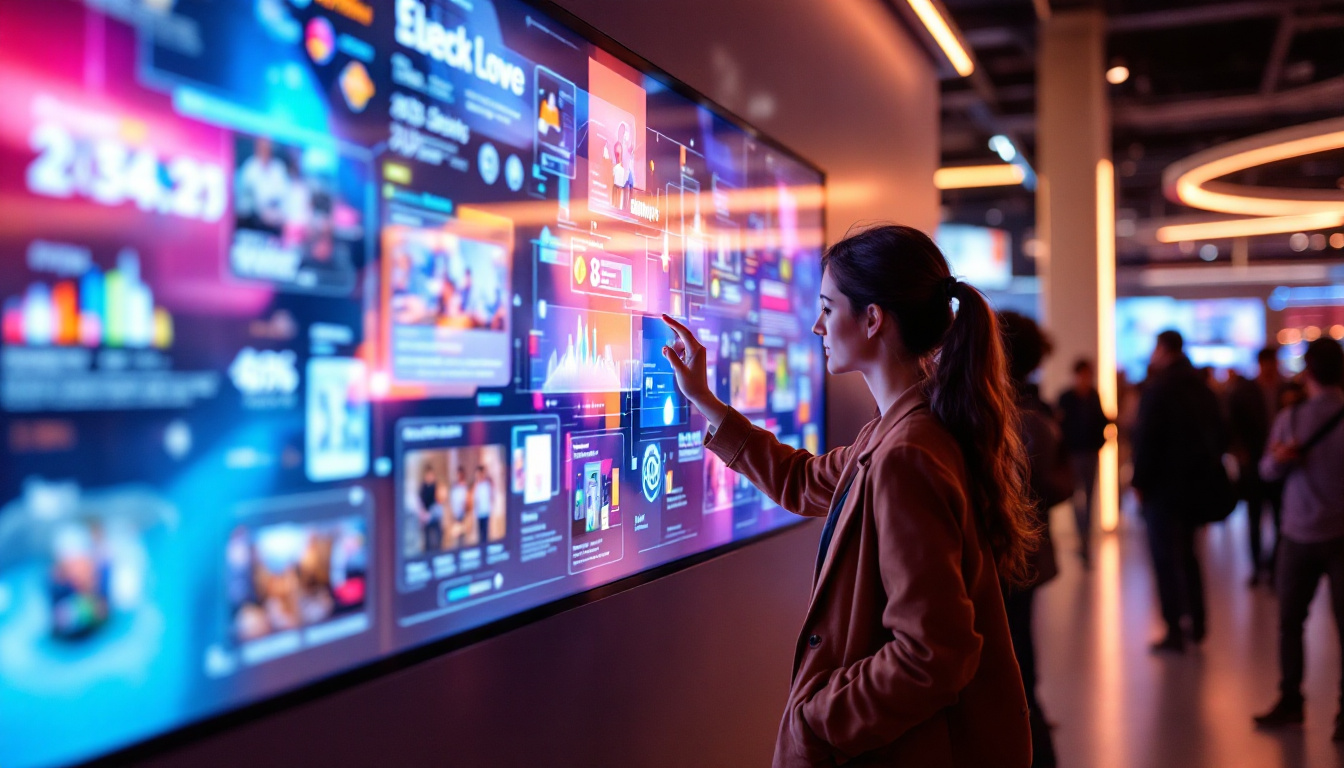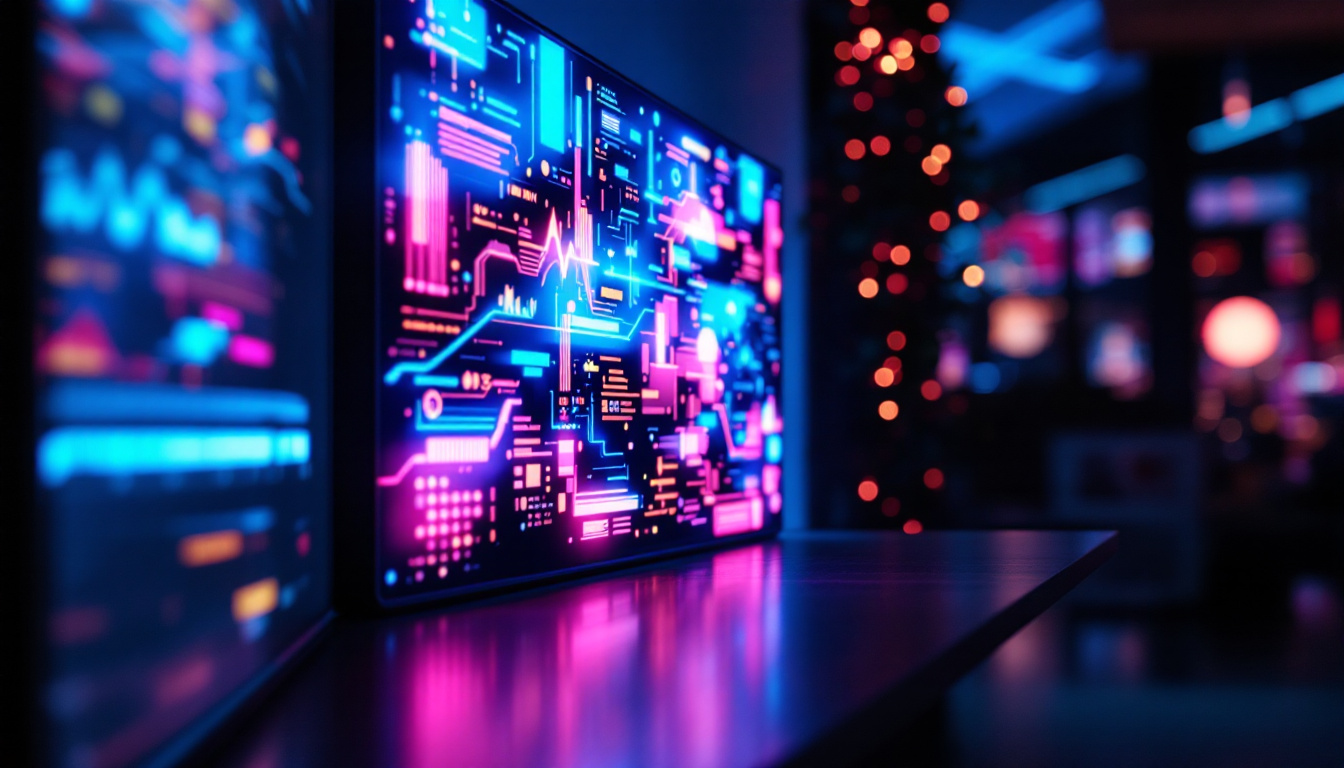In today’s fast-paced digital world, visual communication has become paramount. One of the most prominent technologies that facilitate this communication is the LED display. From large outdoor billboards to small handheld devices, LED displays are everywhere, serving various purposes and enhancing user experiences. This article delves into the intricacies of LED displays, exploring their technology, applications, and advantages.
Understanding LED Technology
LED, or Light Emitting Diode, is a semiconductor device that emits light when an electric current passes through it. This technology has revolutionized the display industry, offering brighter, more energy-efficient options compared to traditional display technologies. The fundamental principle behind LEDs is electroluminescence, where a material emits light in response to an electric current. This phenomenon was first discovered in the early 20th century, but it wasn’t until the late 1960s that practical applications began to emerge, paving the way for the widespread use of LEDs in various fields today.
The Components of an LED Display
An LED display consists of several key components that work together to produce images and videos. These components include:
- LEDs: The primary light source, available in various colors, including red, green, and blue (RGB). By combining these colors, a full spectrum of hues can be created.
- Pixel Matrix: The arrangement of LEDs forms pixels. Each pixel can be controlled independently, allowing for dynamic image rendering.
- Control System: This system manages the input signals and ensures that the correct images are displayed on the screen.
Each of these components plays a crucial role in determining the overall performance and quality of the display. The arrangement and quality of the LEDs, for instance, directly impact the brightness and color accuracy of the images produced. Furthermore, advancements in technology have led to the development of more sophisticated control systems that can process high-definition video signals, enabling smoother transitions and more vibrant visuals. The integration of smart technology has also allowed for remote management and real-time updates, making LED displays versatile tools for advertising and information dissemination.
Types of LED Displays
LED displays come in various types, each designed for specific applications. The most common types include:
- Direct View LED Displays: These displays consist of individual LED modules that are directly visible to the viewer. They are often used in outdoor advertising and large venues.
- LED Backlit Displays: Used primarily in televisions and computer monitors, these displays use LEDs to illuminate a liquid crystal display (LCD) panel from behind.
- Organic LED (OLED) Displays: A newer technology that uses organic compounds to emit light. OLED displays are known for their superior color reproduction and contrast ratios.
Each type has its unique advantages, making them suitable for different environments and purposes. The choice of display type often depends on factors such as viewing distance, ambient light conditions, and intended use. For instance, Direct View LED displays are particularly effective in bright outdoor settings due to their high brightness levels and visibility from wide angles, making them ideal for billboards and sports arenas. In contrast, OLED displays shine in dimly lit environments, where their ability to produce deep blacks and vibrant colors can be fully appreciated, making them popular for high-end televisions and smartphones. As technology continues to evolve, we can expect to see even more innovative applications and enhancements in LED display technology, pushing the boundaries of what is possible in visual communication.
Applications of LED Displays
LED displays are versatile and find applications across various sectors. Their ability to deliver high-quality visuals makes them ideal for numerous uses.
Advertising and Marketing
One of the most prominent applications of LED displays is in advertising. digital billboards and signage utilize vibrant LED technology to capture attention and convey messages effectively. The dynamic nature of LED displays allows advertisers to change content quickly, ensuring that their messages remain relevant and engaging.
Moreover, LED displays can be programmed for specific times of day or events, maximizing their impact. For instance, a display can showcase different promotions during peak shopping hours, enhancing customer engagement and driving sales. This adaptability not only helps businesses target their audience more effectively but also allows for creative campaigns that can incorporate animations or interactive elements, making the advertisements more memorable.
Entertainment and Events
In the entertainment industry, LED displays are crucial for concerts, festivals, and sporting events. Large-scale LED screens provide audiences with an immersive experience, allowing them to see performances from a distance. These displays can also be synchronized with sound and lighting systems, creating a cohesive audiovisual experience.
Additionally, LED technology is used in theaters and cinemas to enhance visual storytelling. The bright, vibrant colors and high contrast ratios of LED displays contribute to a more engaging viewing experience. As technology advances, we are seeing the emergence of flexible LED screens that can be shaped into various forms, allowing for innovative stage designs and unique visual presentations that captivate audiences in new ways.
Public Information and Transportation
LED displays are widely used in public information systems, such as train stations, airports, and bus terminals. They provide real-time updates on schedules, delays, and other important information, helping travelers navigate their journeys more efficiently.
Furthermore, LED displays are employed in traffic management systems to convey messages about road conditions, accidents, and detours, contributing to safer driving environments. The clarity and visibility of LED technology ensure that critical information is communicated effectively, even in adverse weather conditions or at night. Additionally, many cities are now integrating LED displays into smart city initiatives, where they serve as interactive kiosks providing not only transit information but also local news, weather updates, and community events, fostering a more connected urban experience.
Advantages of LED Displays
The popularity of LED displays can be attributed to several advantages that set them apart from traditional display technologies.
Energy Efficiency
One of the most significant benefits of LED displays is their energy efficiency. Compared to traditional incandescent or fluorescent displays, LEDs consume significantly less power. This not only reduces operational costs but also minimizes the environmental impact, making LED displays a more sustainable choice.
Brightness and Visibility
LED displays are known for their exceptional brightness, which makes them highly visible even in direct sunlight. This feature is particularly advantageous for outdoor applications, where visibility is crucial for effective communication. The high contrast ratios of LED displays also enhance image quality, ensuring that content is clear and engaging.
Longevity and Durability
LED technology boasts a long lifespan, often exceeding 50,000 hours of use. This longevity translates to lower maintenance costs and reduced frequency of replacements. Additionally, LED displays are more durable than traditional displays, as they are less susceptible to damage from shocks and vibrations, making them ideal for various environments.
Challenges and Considerations
While LED displays offer numerous advantages, there are also challenges and considerations that potential users should be aware of.
Initial Costs
The initial investment for LED displays can be higher than that of traditional display technologies. Although the long-term savings on energy and maintenance costs can offset this initial expense, organizations must evaluate their budgets and financial capabilities before making a decision.
Heat Generation
LED displays can generate heat during operation, especially in large installations. This heat must be managed to prevent damage and ensure optimal performance. Proper ventilation and cooling systems may be necessary, particularly for high-brightness applications.
Color Calibration
Maintaining color accuracy can be a challenge with LED displays, especially in multi-panel configurations. Variations in brightness and color between panels can lead to inconsistencies in the overall image. Regular calibration and maintenance are essential to ensure that the display delivers the desired visual quality.
The Future of LED Displays
The future of LED display technology looks promising, with ongoing advancements and innovations on the horizon. As technology continues to evolve, several trends are emerging that could shape the future of LED displays.
MicroLED Technology
MicroLED is an emerging technology that promises to take LED displays to the next level. MicroLED displays consist of tiny individual LEDs that can be arranged in various configurations. This technology offers several advantages, including higher resolution, improved color accuracy, and greater flexibility in design.
MicroLED displays are expected to find applications in everything from smartphones to large-scale installations, providing users with unparalleled visual experiences.
Integration with Smart Technology
As smart technology becomes increasingly prevalent, LED displays are likely to integrate more seamlessly with IoT devices and smart systems. This integration could enable features such as personalized content delivery, real-time analytics, and enhanced interactivity, further enhancing user engagement.
Environmental Sustainability
With growing concerns about environmental sustainability, the LED display industry is likely to focus on eco-friendly practices. This may include the development of recyclable materials, energy-efficient manufacturing processes, and initiatives to reduce electronic waste.
Conclusion
LED displays have transformed the way information is communicated and experienced in various sectors. Their energy efficiency, brightness, and durability make them a preferred choice for advertising, entertainment, and public information systems. While challenges exist, ongoing advancements in technology promise to enhance the capabilities and applications of LED displays.
As the digital landscape continues to evolve, LED displays will undoubtedly play a pivotal role in shaping the future of visual communication. Organizations looking to leverage this technology must consider their specific needs and the potential benefits that LED displays can offer.
In summary, the journey of LED displays is just beginning, and their impact on society will only grow as technology advances and new applications emerge.
Discover LumenMatrix’s Innovative LED Solutions
Ready to elevate your visual communication strategy with the latest in LED technology? LumenMatrix is at the forefront of innovation, offering a diverse range of LED display solutions tailored to your unique needs. From captivating Indoor LED Wall Displays to dynamic Outdoor LED Wall Displays, and from versatile Vehicle LED Displays to engaging LED Sports Displays, our products are designed to make your brand shine. Experience the future of digital signage with our Custom LED Displays, All-in-One LED Displays, and LED Transparent Displays. Embrace the power of LumenMatrix to create unforgettable visual experiences and connect with your audience like never before. Check out LumenMatrix LED Display Solutions today and transform your message into a visual masterpiece.

